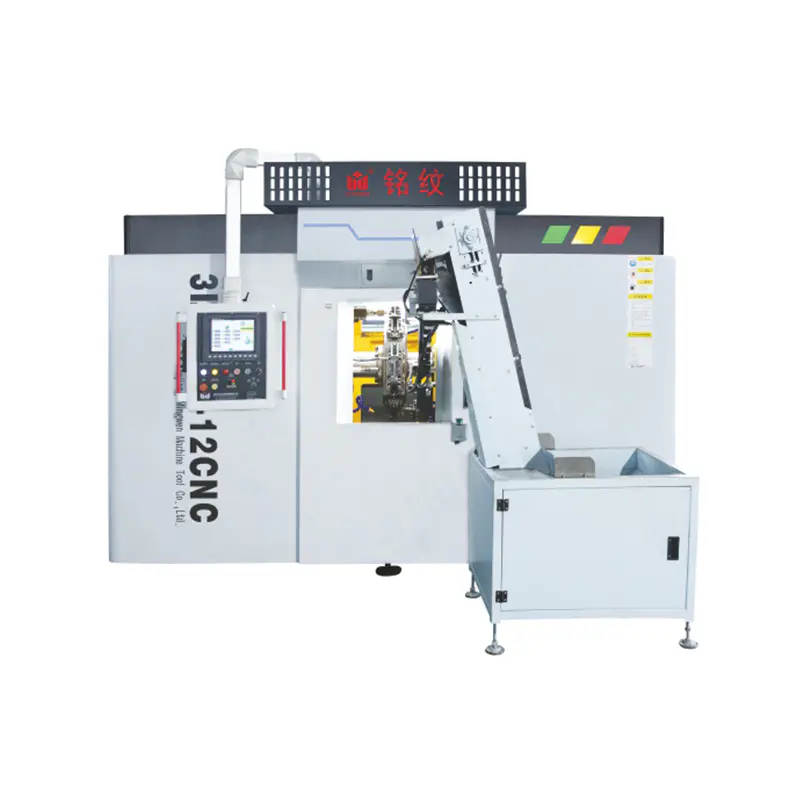The Rotary Transfer Machine Multi-Spindles system plays a critical role in the automotive sector, where precision, speed, and consistency are essential. Automotive components such as fuel injector bodies, brake housings, and sensor housings often require multiple machining steps—each with tight tolerances.

A multi-spindle rotary transfer machine addresses these needs by enabling concurrent machining operations across several axes. This parallel approach shortens production cycles while ensuring each part meets dimensional and functional requirements.
Automotive manufacturers often deal with strict regulatory standards, meaning every component must be traceable and repeatable. Rotary systems provide consistent outputs by reducing operator handling, enhancing fixture accuracy, and maintaining constant tool engagement.
Additionally, with multiple spindles operating in a coordinated cycle, tooling wear is more predictable, making preventive maintenance easier to schedule. This reduces the risk of unplanned downtime, which can be costly in automotive production environments.
Rotary transfer machines can also integrate in-line quality checks or sensor-based verification systems, allowing manufacturers to inspect key dimensions without removing parts from the machine. This improves traceability and shortens the feedback loop between machining and inspection.
For automotive suppliers aiming to balance precision and volume, a rotary system with multi-spindles offers a practical path to stable, high-throughput manufacturing.

